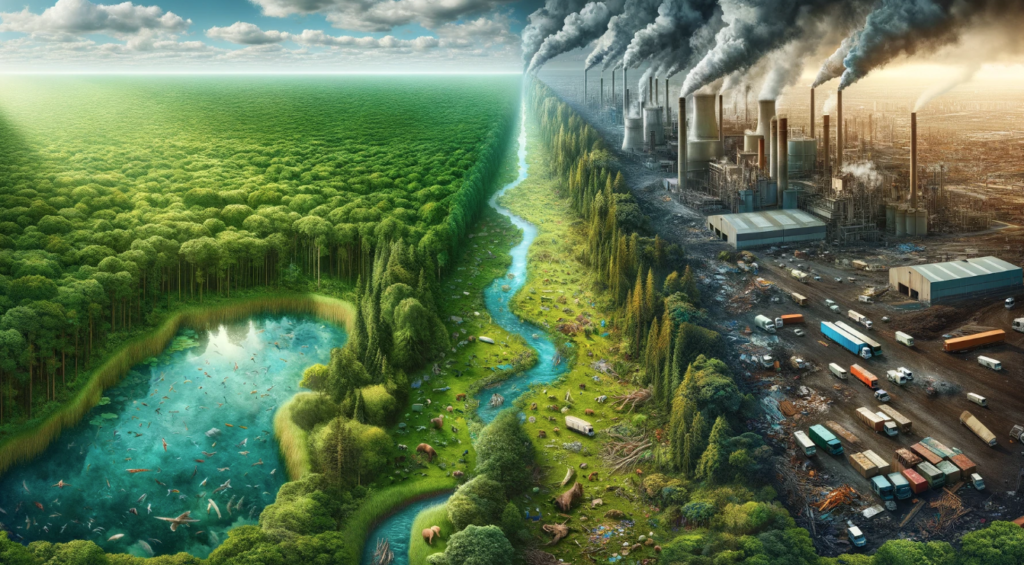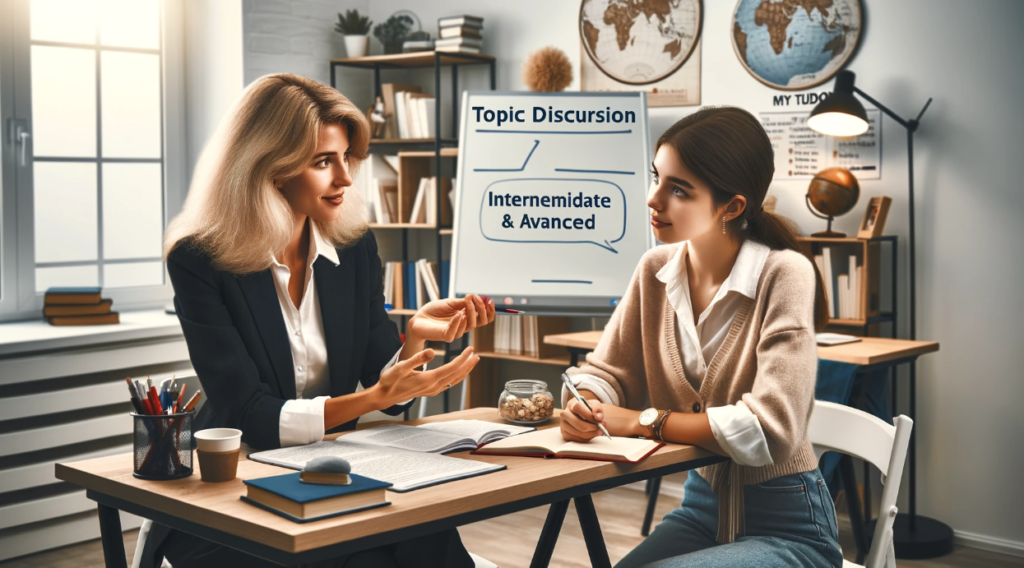Lesson 5. The Future of Work (働き方の未来)

▮ Explanatory Text:
The future of work is being shaped by rapid technological advancements, globalization, and changing societal values. These forces are transforming where, how, and when we work, introducing new opportunities and challenges. Topics such as remote work, automation and AI, the gig economy, and the need for lifelong learning are at the forefront of discussions about the future workplace. Understanding these trends is essential for preparing for the evolving job market and ensuring a resilient career path.
▮ Common Phrases:
1. The rise of remote work has…
2. Automation is expected to…
3. In the gig economy,…
4. Lifelong learning is crucial because…
5. To prepare for the future of work, we must…
▮ Example Sentences:
1. The rise of remote work has changed the traditional office environment.
2. Automation is expected to replace some jobs but also create new opportunities.
3. In the gig economy, flexibility and independence are valued over job security.
4. Lifelong learning is crucial because the skills required in the workforce are constantly changing.
5. To prepare for the future of work, we must adapt to new technologies and develop versatile skills.
▮ Questions:
1. How do you think the rise of remote work will impact workplace culture and employee well-being?
This question encourages learners to consider the effects of remote work on the social and professional aspects of employment.
2. What are the potential benefits and drawbacks of automation in the workplace?
Participants discuss the dual-edged nature of automation, considering both its efficiency gains and the risk of job displacement.
3. How does the gig economy redefine traditional employment, and what implications does this have for workers?
This prompts a discussion on the characteristics of the gig economy and its impact on labor rights and job security.
4. Why is lifelong learning important in the context of the future of work, and how can individuals engage in it?
Learners explore the importance of continuous education and strategies for staying relevant in a rapidly changing job market.
5. What skills do you believe will be most valuable in the future workplace, and why?
This question invites learners to speculate on the skills that will be in demand and to consider how they can develop these skills.
▮ Discussion Instructions:
Choose a trend related to the future of work that interests you the most. Discuss how this trend is currently evolving and predict its impact on the job market and society at large. Reflect on how individuals and organizations can adapt to these changes to thrive in the future workplace.













